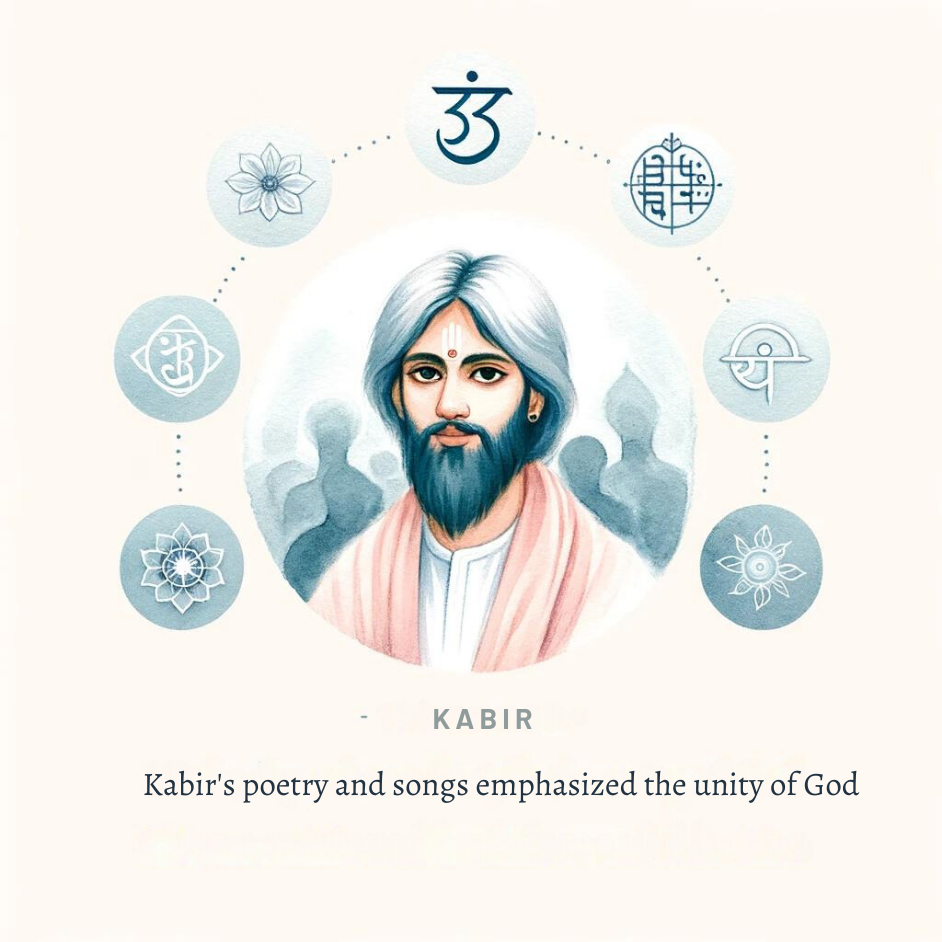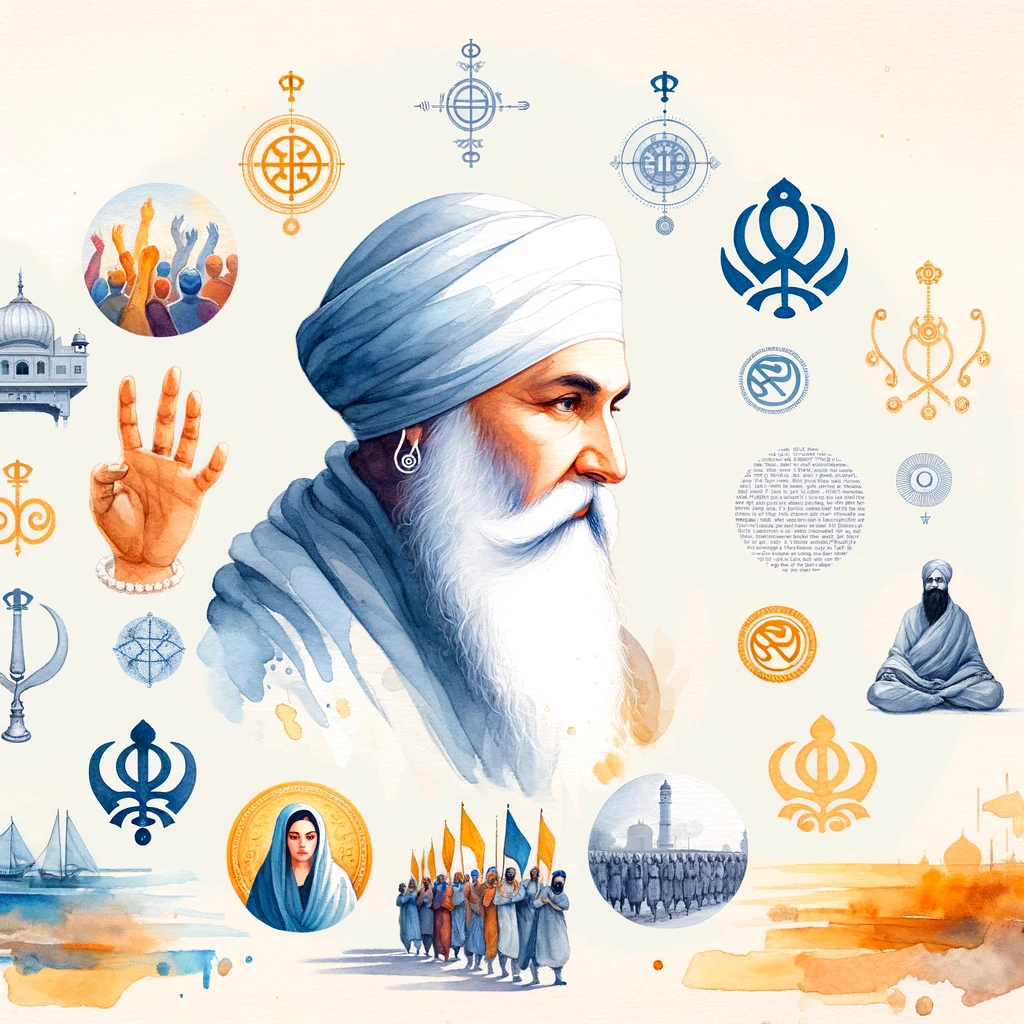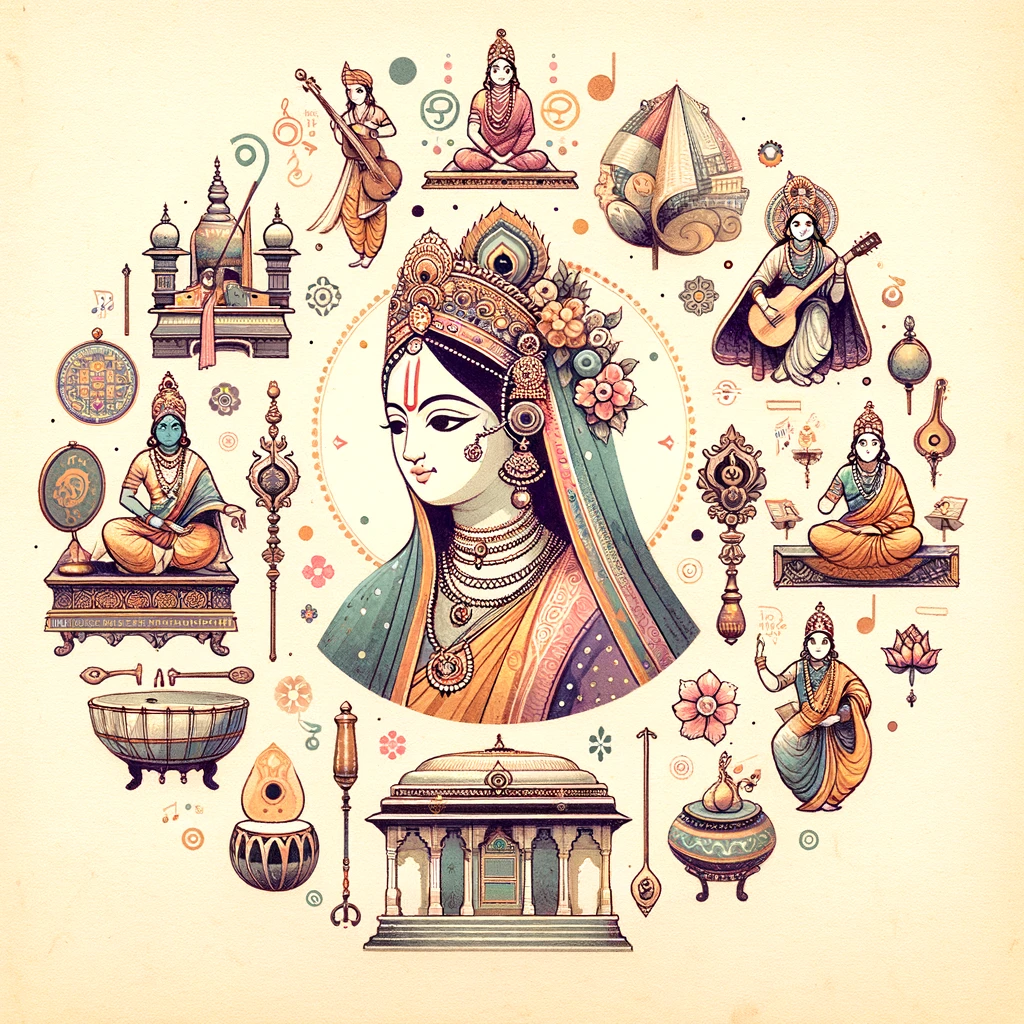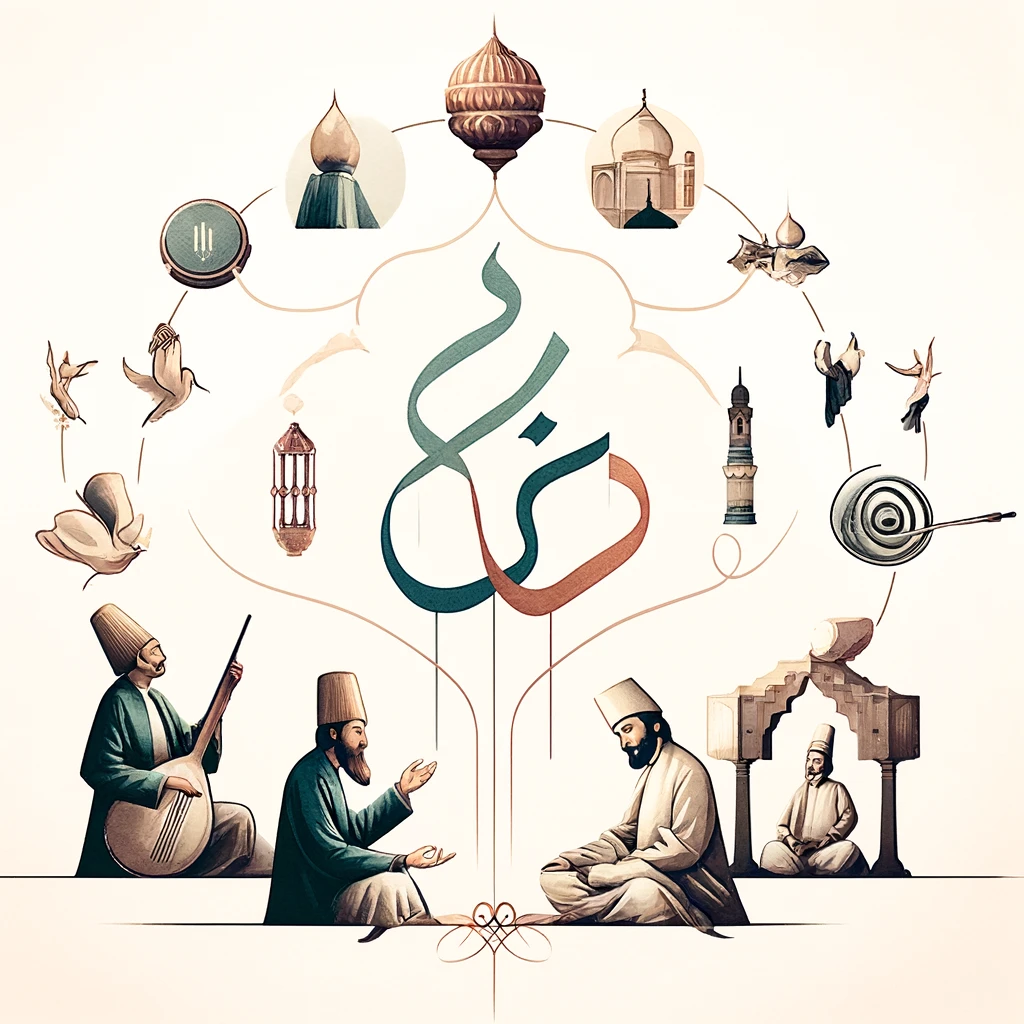The Bhakti Movement was a significant religious and social phenomenon in medieval India, spanning from the 7th to the 17th centuries. It emerged as a powerful reform movement within Hinduism, emphasizing personal devotion to God as a means to attain salvation. The Bhakti Movement aimed to transcend ritualistic practices and caste distinctions, promoting equality and love for all.

Origins of the Bhakti Movement
The Bhakti Movement originated in South India around the 7th century, influenced by the teachings of the Alvars (devotees of Vishnu) and Nayanars (devotees of Shiva). These early proponents of Bhakti emphasized an intense, personal devotion to God, rejecting elaborate rituals and the authority of the priestly class. The movement gradually spread northwards, profoundly impacting the religious and social landscape of India.
Key Figures of the Bhakti Movement
Several key figures played pivotal roles in shaping and propagating the Bhakti Movement across different regions of India. Among the most notable are Kabir, Guru Nanak, and Mirabai.
Kabir (1440-1518)
- Background: Kabir was born in Varanasi to a Muslim family and was deeply influenced by both Hindu and Islamic traditions. He became a disciple of the Hindu saint Ramananda.
- Teachings: Kabir’s poetry and songs emphasized the unity of God, transcending religious boundaries. He critiqued the meaningless rituals and caste distinctions practiced in both Hinduism and Islam. His verses, composed in simple Hindi, focused on the importance of inner purity and devotion.
- Impact: Kabir’s teachings challenged the orthodoxy of established religions, promoting a message of universal brotherhood and devotion. His followers, known as Kabirpanthis, continue to venerate his teachings.

Guru Nanak (1469-1539)
- Background: Guru Nanak, the founder of Sikhism, was born in Talwandi (now in Pakistan). He traveled extensively, spreading his message of devotion to one God.
- Teachings: Guru Nanak emphasized the oneness of God, rejecting the rituals and formalism of both Hinduism and Islam. His teachings advocated for equality, social justice, and community service. The sacred text of Sikhism, the Guru Granth Sahib, contains his hymns and those of other Bhakti saints.
- Impact: Guru Nanak’s teachings laid the foundation for Sikhism, a religion that continues to thrive today. His emphasis on equality and social justice had a profound impact on the socio-religious fabric of the region.

Mirabai (1498-1547)
- Background: Mirabai was a Rajput princess from Mewar who is renowned for her devotion to Krishna. She is one of the most prominent female saints of the Bhakti Movement.
- Teachings: Mirabai’s poetry and songs express her deep love and devotion for Krishna, whom she regarded as her husband and lord. Her verses often reflect themes of love, longing, and devotion, challenging the social norms of her time.
- Impact: Mirabai’s life and works inspired countless devotees, particularly women, to pursue personal devotion and express their spirituality. Her bhajans (devotional songs) remain popular in Indian devotional music.

Social and Religious Impact of the Bhakti Movement
The Bhakti Movement had far-reaching social and religious impacts on medieval Indian society:
Religious Reform
- Personal Devotion: The Bhakti saints emphasized personal devotion (bhakti) to God, bypassing the need for intermediaries like priests. This approach made spirituality accessible to the common people.
- Simplification of Worship: The movement promoted the use of vernacular languages in devotional practices, making religious teachings and hymns understandable to the masses. This simplification democratized religious worship and brought it closer to people’s everyday lives.
Social Equality
- Caste System: The Bhakti saints vocally opposed the rigid caste system, advocating for the equality of all individuals regardless of their social status. This challenged the deeply entrenched social hierarchies and promoted a more inclusive society.
- Women’s Empowerment: The Bhakti Movement provided a platform for women to express their spiritual devotion and participate in religious activities. Saints like Mirabai became icons of female spirituality and resistance to patriarchal norms.
Cultural Integration
- Syncretism: The movement fostered a syncretic culture by blending elements of Hinduism and Islam. Saints like Kabir and Guru Nanak drew from both traditions, promoting a message of unity and harmony.
- Literary Contributions: The Bhakti saints produced a vast body of devotional literature in regional languages, enriching Indian literature and preserving cultural heritage. Their poems, hymns, and songs are considered literary treasures and continue to inspire devotion.
Conclusion
The Bhakti Movement was a transformative force in medieval India, catalyzing significant social and religious change. By emphasizing personal devotion and social equality, figures like Kabir, Guru Nanak, and Mirabai challenged established norms and made spirituality accessible to all. The movement’s legacy of inclusivity, devotion, and cultural synthesis continues to resonate in contemporary Indian society, underscoring its enduring impact on India’s religious and social landscape.


